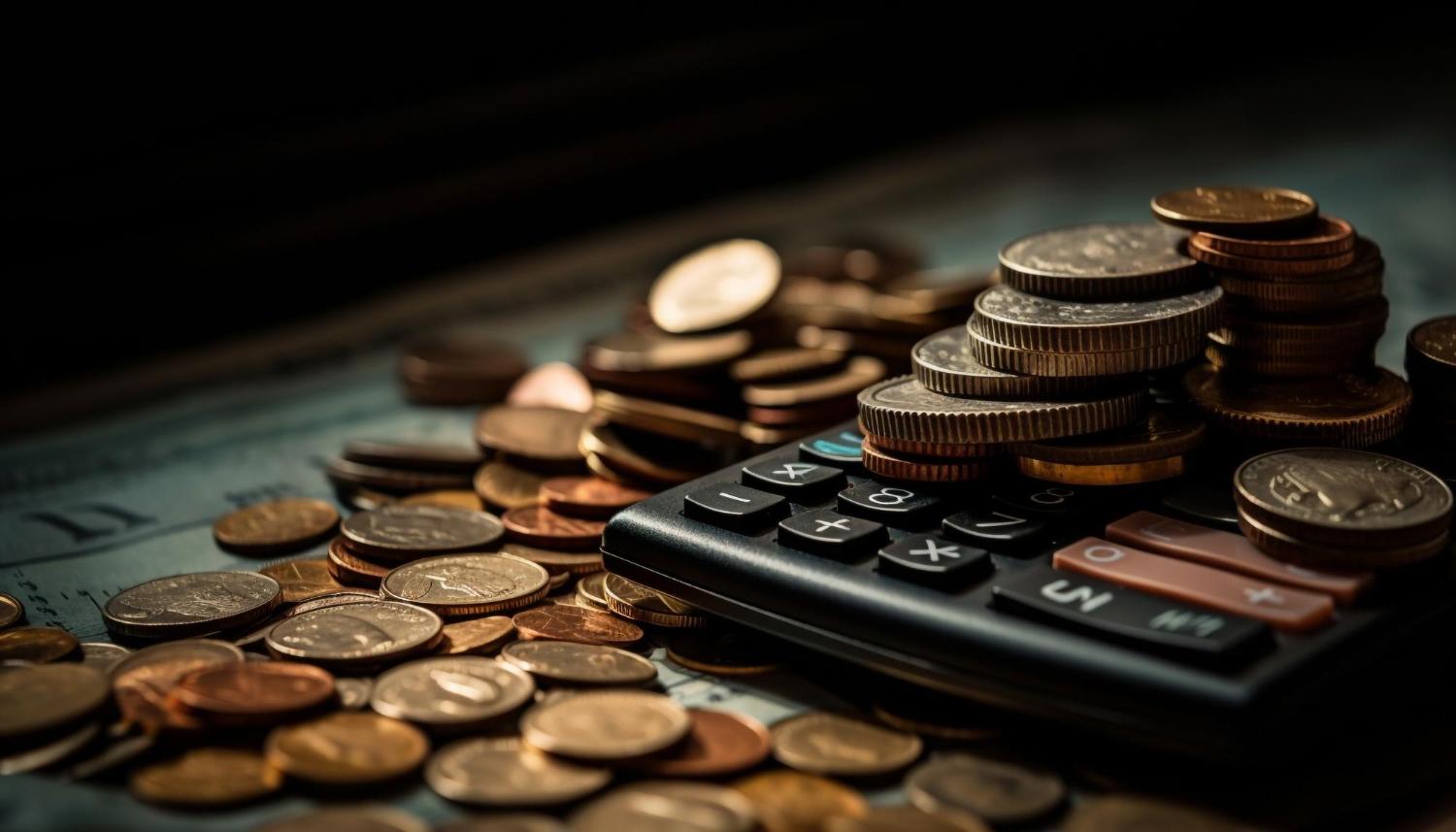
If you are someone who keeps a record of your banking transactions, then you may be concerned for your financial health and do not want to miss any transaction details. But you may wonder whether there is a way to do it. Yes, you can keep your records under your surveillance, and this is popularly known as bank reconciliation. Using this process, you can deeply compare your financial records and bank statements to know the flow of your money accurately. Previously, bank reconciliation was a daunting process involving checkbook ledgers and paperwork. However, this process has become seamless and faster with modern technologies like accounting software and applications.
It does not matter how you do it; you must know that the reconciliation process will be expensive to add to your personal finance list.
Let’s look at what bank reconciliation means, how it plays an important role, and how to start doing it.
What do you mean by Bank Reconciliation?
For a simpler understanding, bank reconciliation means comparing bank statements with accounting records to maintain accountability, check differences, and make necessary corrections. Suppose, in personal bank accounts, like your checking accounts, bank reconciliation will help you compare your bank statement monthly with your personal records to match it for no more spending and keeping accountability.
Most banks allow you to access your electronic bank statements for free, which can be delivered to your email address, but if you need a hard copy, the bank will mail bank paper statements by charging a fee.
Individuals and business owners perform bank account reconciliation to keep a check on their financial records and bank statements. This can be performed by comparing the bank statement and manual record to check the expenses properly. This involves carefully examining both documents, scanning for any additional expenses or discrepancies. If you can find any transactions missing, you can adjust accordingly.
Benefits of Reconciliation of Your Bank Account
Let’s look at some of the benefits of reconciling your bank account:
Keep your records of all your banking transactions clean.
When you plan to reconcile your bank account, you can ensure there are no discrepancies, such as missing checks, incorrect payments, miscalculations, or lingering overdrafts.
Financial Health Clarity
You get clarity over your financial health because you get the details of the flow of your money. Therefore, it clarifies your spending habits, like tracking your spending via an application.
Avoid any Suspicious Activity
You can easily catch suspicious activities in your bank account, which helps you avoid unnecessary charges. Therefore, you will be able to know the problem then and then, and with the right tools, you can solve it.
How do I do a Bank Reconciliation?
The best advice would be to perform bank reconciliations every month. You can perform the monthly task after receiving the bank statement; after matching your records and statements, you can catch hold of any errors and unwanted transactions as soon as possible. Let’s get started. By following the steps below, you can start your bank reconciliation.
Step 1: Which method should I choose for reconciliation?
You can perform your bank reconciliation in multiple ways, such as using accounting software or a mobile application. An interesting feature is that these tools can link with your bank account easily. However, some people may use a paper checkbook and do a balance sheet every month; then, they may also keep the written checks and other transaction bills with them to cross-check the transactions. For manual bank records, you can use a spreadsheet, notebook, or any paid tool.
No matter which method you decide to use, be sure to keep good records of each transaction in order to reconcile your bank account correctly.
Step 2: Comparing Deposits Financial Records and Bank Statement
To check your bank reconciliation, compare the financial records and bank statements. You must ensure that all the manual record transactions are included in your bank statements. If something is missing and you get reminded of it, remember to add it to your list.
Further, record all your deposits in your bank statement; if they’re missing, try to find out why they’re not added.
Sometimes, no complete information regarding the deposits will be in the monthly statement because the bank statement may be released before the deposit gets credited to the account. Check your email or mobile notifications, review your account’s transaction history for any missed alerts, and contact the bank for assistance. Once the situation is clarified, ensure that all your deposits are correctly reflected in your bank statements.
Step 3: Comparing the withdrawals
As you’ve learned, deposits often take time to appear on your bank statements, making it necessary to compare them with your personal records. Therefore, when you compare the withdrawal amount with your personal records, big or small, you must ensure it is added to both personal and bank statement records. If you find that there are some transactions not listed in your bank statements, then investigate by getting in touch with your bank manager.
Step 4: Looking for Banking Adjustments
Due to bank adjustments, there may be differences in your bank’s personal records. This could happen if you have to pay money for the overdraft fees, monthly maintenance, or other fees. You might see the amount of interest you’ve earned credited to your statement if you have an interest-bearing account.
While checking, if you find any mismatches in the personal and bank statement records, look for adjustments. If you have been charged any fee by error by the bank, contact the bank to resolve the matter.
Here are some Tips for successful bank reconciliation
Bank reconciliation is a straightforward process that entirely depends on how many monthly transactions you have performed. Consider this an important financial detail to ensure accuracy in your finances. Here, we are sharing some tips for a successful bank reconciliation.
Get accounting software
If you are using accounting software, it will lessen the task of recording transactions manually. You can find many accounting software programs that link your bank accounts with them and allow you to import data automatically, which cross-checks your spending quickly.
Have a Budgeting App
With the Budgeting App, you can manage your monthly budget and link your spending with your bank account. It will allow you to take monthly snapshots of your finances to catch any real-time issues.
Get a system
There are different kinds of businesses, and a few things that may work for some people may not work for you. Therefore, you must find a system that can keep track of your banking transactions and work at your convenience. You can try using various methods before finalizing; whichever method looks comfortable and helps to resolve your problem, you can go with it to get accurate results.
Start Performing Your Bank Reconciliation Today!
Without a doubt, having a bank reconciliation can help manage your finances and keep your records accurate. This process may appear difficult. However, it is one of the most seamless and straightforward processes to keep your financial health up to date. Consider having monthly bank reconciliations done on a specific date to keep your finances under your control.








